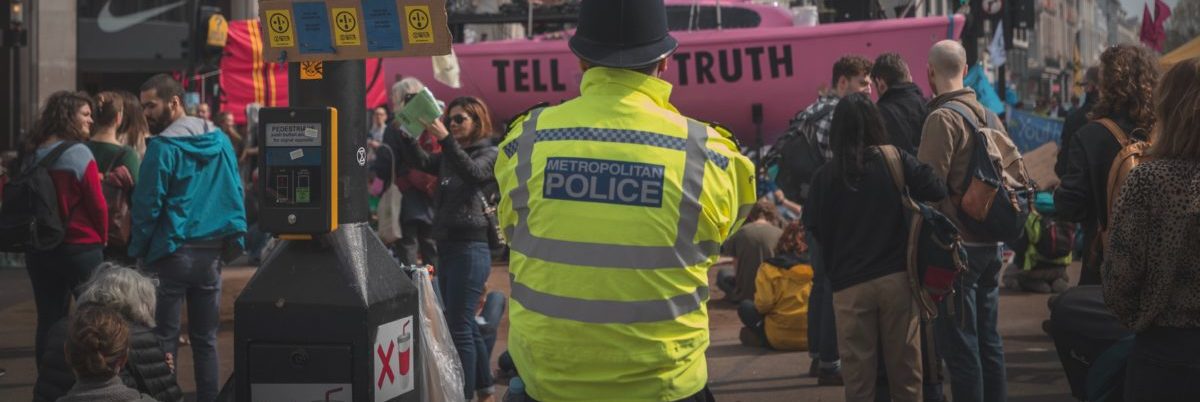A former online student wrote with a question about facts and non-fiction:
When I write, I make it a serious aim to be truthful and honest. I don’t want to force meaning into something, but bring out what’s already there, as you taught me years ago. But in order to tell something in an interesting and compelling way, sometimes you have to bring it together in an artful way that might not be 100 percent accurate. The heart of the truth is preserved—sometimes even better than it would be if you confused the issue with useless (to the reader) information … So as long as I’m concerned for the truth and kindness toward everyone I write about, is it okay to not be totally accurate?
This writer had written up a non-fiction account of an event involving a few friends. When she showed it to one of the friends who had been there, the friend was bothered by the fact that she had telescoped several hours’ worth of events into a short scene and changed a few other details. The writer, on the other hand, was bothered by the fact that her friend was bothered.
So, how much are you “allowed” to monkey with the facts of a piece that purports to be non-fiction? At what point have you crossed the threshold from non-fiction into fiction—or into lying? I get this kind of question relatively often.
There are many reasons to fudge the facts in a piece of non-fiction. Some of those reasons are legitimate, and some aren’t. How do you know the difference? When you are tempted to invent or change details, I recommend that you ask yourself the following question:
Does this change help my reader to experience the scene that actually happened?
The operative phrases here are to experience and that actually happened.
The scene that actually happened
Non-fiction stories can say any number of things, but they always say, What a world is this! Much of the wonder in a non-fiction story derives from the fact that these things actually happened in the world God made. If you are changing details in order to ratchet up the drama, to make things appear a little more amazing than they were, to make the coincidences seem a little more coincidental (or, if you prefer, to make providence seem a little more providential), you have broken the tacit promise that the non-fiction writer makes to the reader.
You may ask, What if the scene in question seems insufficiently interesting? If you cannot trust that the scene in question is interesting or meaningful in its own right, without embellishment or exaggeration, it may not be the stuff of non-fiction. Depict a different scene, or feel free to jazz up your less-than-fascinating scene and use it as the basis of a fictional story, but if you change the scene so that the interest derives from things that didn’t actually happen, you aren’t writing non-fiction any more.
I am not suggesting that every non-fiction scene would match a video recording of the scene detail-for-detail, beat-for-beat. I am suggesting that whatever changes you make should be for the purpose of helping your reader experience the scene that actually happened, not the scene you wish had happened.
Experience vs. Truth
In the passage above, our question-asker explained her decision to change the timeline of her story in these terms: The heart of the truth is preserved—sometimes even better than it would be in you confused the issue with useless (to the reader) information.
I would advise that you tread lightly around that phrase the heart of the truth, or phrases like it. They turn out to be no help when you’re trying to decide how closely to stick to the facts of a non-fiction scene. You can justify anything in terms of the heart of the truth. Indeed, if the heart of the truth or the higher truthis all you care about, why even bother writing non-fiction? Fictional scenes get at higher truth just as well, without all those bothersome questions about accuracy.
Especially when telling non-fiction stories, I find it more helpful to think in terms of experience rather than truth. The writer’s job as a writer is to invite the reader into a scene; if you render things in a way that allows the reader to experience the scene that you experienced, you can trust the higher truth to take care of itself.
Whether you are writing fiction or non-fiction, this idea of inviting the reader into a scene always serves as a guideline for deciding which details to include and which to exclude. In any given situation, after all, we filter out far more details than we process. Can you imagine if you processed every detail in a woodland scene—every leaf, every insect, every plant, every blade of grass? That’s not how we experience the world.
So you don’t have to remember every concrete detail in order to render a real-life scene faithfully. You only need to remember enough to allow your reader to inhabit the scene. But what if you’re fuzzy on the details? Again, be guided by the idea of pulling your reader into the scene.
I once wrote a story about the time a drunk mailman threatened to kill me at the Echeeconnee Creek. In depicting the scene beneath the bridge, I described “beer cans and fast food wrappers thrown from passing cars, old tires and broken palettes, the remains of campfires.” Did I remember all those details from the day I encountered the drunk mailman? Well, no. But I have been to the Echeconnee Creek enough times to know that it is typical to find such things under the bridge; providing that list seemed a helpful way to help the reader envision the setting. If someone were to produce a picture of the scene and say, “Aha! There were no old tires under the bridge that day,” that person would be missing the point. Perhaps one or two of those atmospheric details were inaccurate; still, I was still inviting the reader into the scene that actually happened. (On the other hand, if I had decided to give the drunk mailman a knife in order to ratchet up the drama, I would be inviting the reader into a scene that did not actually happen).
Combining Scenes and Characters, Telescoping Timelines
In movies and books based on real events, it is common for storytellers to create composite characters, combine scenes, telescope timelines, etc. You may decide it is helpful to the reader for you to use some of these tactics in your non-fiction. Again, I would direct you to that principle of inviting the reader to experience the scene(s) that actually happened. Are you omitting details because they are irrelevant to the reader’s experience of the scene? Then omit them in good conscience. Are you omitting inconvenient details as a way of dialing up the dramatic tension? That’s a problem.
Earlier I mentioned that every non-fiction story says, What a world is this! You could also say that every non-fiction story asks, Can you believe this actually happened? If you have rearranged things in order to make them just a little more amazing than they were in real life, that’s not a fair question to ask. And, by the way, if you are rearranging things for your own convenience rather than as a way of helping your reader experience reality, a sophisticated reader can sniff that out pretty easily. When you ask Can you believe this actually happened? the last thing you want is for your reader to say, No, actually, I don’t believe it.
Recreating Dialogue
When you include dialogue in a non-fiction story, you have to be extra-careful. Everybody knows that it’s hard to remember word-for-word dialogue from yesterday, much less from years ago. It may seem counterintuitive, but word-for-word dialogue in quotation marks can pull your reader out of the scene rather than pulling the reader in. When you provide lengthy speeches in a non-fiction story, you are inviting your reader to take a step back and wonder whether or not you could actually remember all those words. In non-fiction, unless you are working from tape recordings, too much dialogue in quotation marks can arouse the reader’s suspicion. Remember: indirect quotation is your friend.
Our question-asker wrote,
When I recreate dialogue, I’m conscious that I don’t remember exactly what was said, but I can do my best to recreate the voice and words of the person I know. But it’s possible that someone who was there could say, “Although that sounds like her, she didn’t say exactly that.” For instance, instead of explaining the personality of the person to the reader, I might throw in something they said days ago that was funny or interesting into the piece, even though it didn’t happen in the actual event, but mentioning that it happened days ago might just muddle things and make it cumbersome. But what I wrote is truthful to them. It brings out a truer view of the story than the reader could get if I didn’t mention it.
I suspect that the key point in that passage is that phrase instead of explaining the personality of the person. We writers are always looking for opportunities for showing rather than telling or explaining. I am forever urging my students to stay in-scene rather than pulling out of the scene to explain or summarize.
This writer of non-fiction was faced with a choice: she could tell about her friend’s personality, or she could show her friend’s personality. In this case, the writer chose to show her friend’s personality by introducing a bit of dialogue that the friend actually uttered, though not in the scene that the writer is depicting. Perhaps that was the right choice. But this can be a slippery slope. As I suggested earlier, that idea of “bringing out a truer view of the story” can justify just about any fudging of facts. All things being equal, yes, showing is better than telling; telling, after all, pulls the reader out of of the scene more or less by definition. However, if in your “showing” you have characters conveniently saying just the thing you want them to say at just the right time, you risk raising your reader’s suspicions—which pulls them out of the scene more completely and utterly than a little explanation ever could.
When you play fast and loose with the facts of a non-fiction scene, make sure you’re doing it for your reader’s sake and not for your own convenience.
Photo by Joël de Vriend on Unsplash








